The Pasty: A Recipe Wrapped In Memories

Denise McMillan (second from right) shares her mother’s pasty recipe with her grandchildren. (photo by Ron Caspi)
Growing up in the Upper Peninsula, pasties become a part of your national identity—the food linked with wooded hills cradled in the arms of three great lakes. It’s the food that came with miners who forever altered the craggy, ancient, almost-mountains as they dug for copper, iron, and even gold. Cornish miners, communities with half-lives working below ground, stepped into the unknown, migrating to the harsh winters and tantalizing, bug-tortured summers of Upper Michigan to mine a different rock than their fathers. On their voyage they carried recipes wrapped in memories to the new world. Hearty heat and nourishment, food to warm the miners deep below ground.

Putting trays of homemade pasties into the oven. Baking lots of pasties together in the oven warms the kitchen and extras can be frozen for later meals. (photo by Ron Caspi)
The pasty adapted well in its new home in Northern Michigan, a similar climate making readily available the necessary meat, potato, and rutabaga filling. Flour and lard didn’t cost much, and so the recipe spread from mining town to logging camp: The Keweenaw to Negaunee; Seney to The Soo. The pasty was the working man’s food—dough kept the meat filling warm and the nicely wrapped pouch fit perfectly in a coat pocket.
I’ve been researching food for almost a decade and many commonalities exist between cultural cuisines. The pasty belongs to a proud and delicious collection of meat pies that connect cultures across the globe. From fatayer in the Middle East: fluffy dough stuffed with lamb or cheese, to empanadas: meat, cheese, or vegetable filled chewy dough found throughout Spain, Portugal, Latin America and other former Spanish territories.
As a Yooper, you know not to mispronounce the word—the embarrassing pAsty, the word describing the small cups and tassels sometimes worn by topless dancers. To mispronounce pasty is to identify yourself as an outsider, someone whom you must carefully explain the correct pronunciation so they can avoid future potential embarrassment.
Pasty shops became popular as tourism became a major staple of the Upper Peninsula’s economy. The pasty came to be a necessary element of a visit to the U.P., pasty shops popping up like mushrooms on the forested peninsula.
In my thirty years as a Yooper, the best pasties I’ve ever eaten were made by the Methodist church ladies who chopped potatoes, stirred meat, and crimped dough, baking and freezing hundreds of meat packages to raise money for the church. Their secret: lard in the crust. They stick to tradition, not substituting the fat with less healthy options.
My boyfriend, Orson, hails from below the bridge in Harbor Springs. In our many forays between his home and Marquette we took note of the significant number of pasty shops along our route. I was at the end of finishing my MFA thesis, a collection of food essays called “Around the Table” and found that the obsessive analysis and revision of papers about food often made me a less than enthusiastic cook at dinner time.
We drove the four hours to Harbor Springs, sometimes every other weekend, staying in Orson’s mother’s house which sat empty through the frigid winter months, picture windows gazing out across frozen waters to Petoskey on the far shore. I worked on my thesis in the hundred year old house’s silence, waiting till the last second to return home for the school week. Returning home Sunday evening, I would mentally skim through places we could get dinner.
Rice Paddy? Closed at 5. Groceries from the co-op? Too exhausted to cook. Pizza? We had just finished the third days’ worth of pizza leftovers.
Cal’s party store, which was only a couple of miles down the road from our house, makes and sells, among other delicious heavy Midwestern food, their own pasties. You can choose between traditional, veggie, and a pork pie that is heavy and delicious and arrogant in its unabashed heap of meat and potatoes wrapped in a lard and flour crust toasted golden brown and pinched at the edges.
Our road trips were often spontaneous Friday night journeys, packing computer, notes, and dog into the car and heading east along M-28, only discovering how hungry we were as we reached the long stretch of highway between Marquette and Munising. A friend who lived in the area recommended pasties from the gas station in Autrain, and one afternoon we let the beckoning, blinking light flashing above the sand dunes guide us toward the gas station/deli two blocks in from the highway. The pasties are on a tray at the counter, still slightly warm and wrapped in wax paper. I know it’s going to be delicious before I take my first bite because the crust is brown and flakey, the bottom of the pasty crust coated with a thin layer of caramelized juice. Icy north winds off of Lake Superior buffeted the car as we neared Christmas, but the pasty’s heavy warmth settled in our stomachs, warming us from the inside as they did the miners resting for a moment beneath the cold ground.

A freshly made pasty filled with meat, potatoes, carrots, rutabaga, and onions, just before baking in the oven. (photo by Ron Caspi)
One afternoon sojourn our stomachs began to rumble soon after we’d crossed the Mackinac Bridge and run the gauntlet of fast food restaurants on the outskirts of St. Ignace. On our left the red “Open” sign in the window of Lehto’s Pasties flickered on and off. We’d driven by the small, fifties style red and white building many times, but never seen them open.
The counter was the original Formica and there was no need for a menu because they only serve traditional pasties. Perhaps it was the atmosphere or how hungry we were, but when we bit into those meat pies and the car filled with meaty steam I decided they were the best pasties I’d ever had.
And then the next week I had a Cal’s pasty, the crust edge buttery and crumbly and my mental list of favorites altered, again. Several weeks later, anticipation heightening my appetite, I unwrapped the glistening wax paper from around an Autrain gas station pasty and thought, This. This is the best pasty.
There are other pasties to try. Many to try again. Restaurants, shops, gas stations, Methodist Church and Firehouse fundraisers, pasties are a part of the Upper Peninsula character. Every time we prepare, cook, eat a pasty we tap into the U.P.’s history, connect to the men who made their living beneath the ground and the loved ones who sautéed meat and crimped crust as the north wind blew off of Lake Superior.








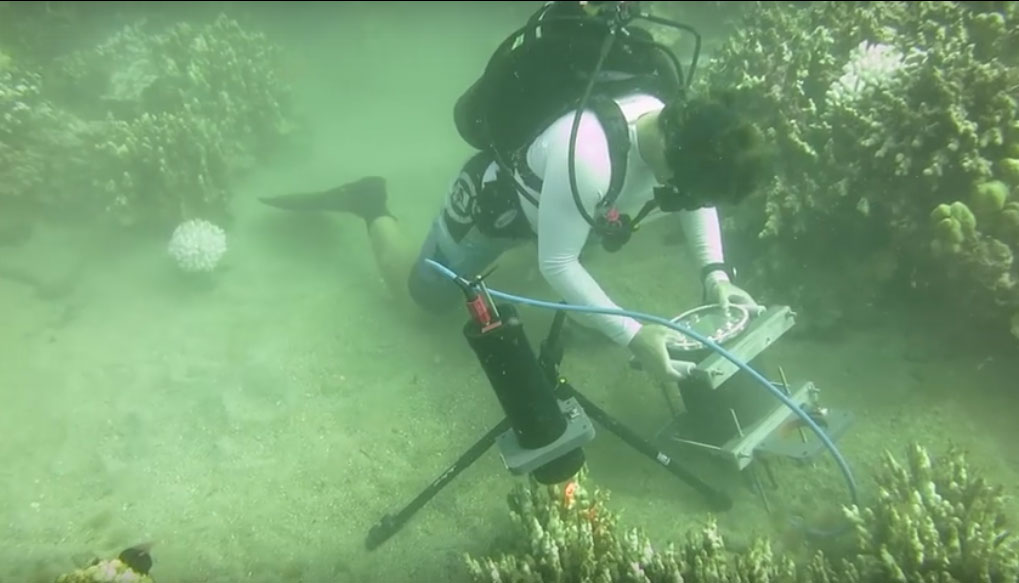
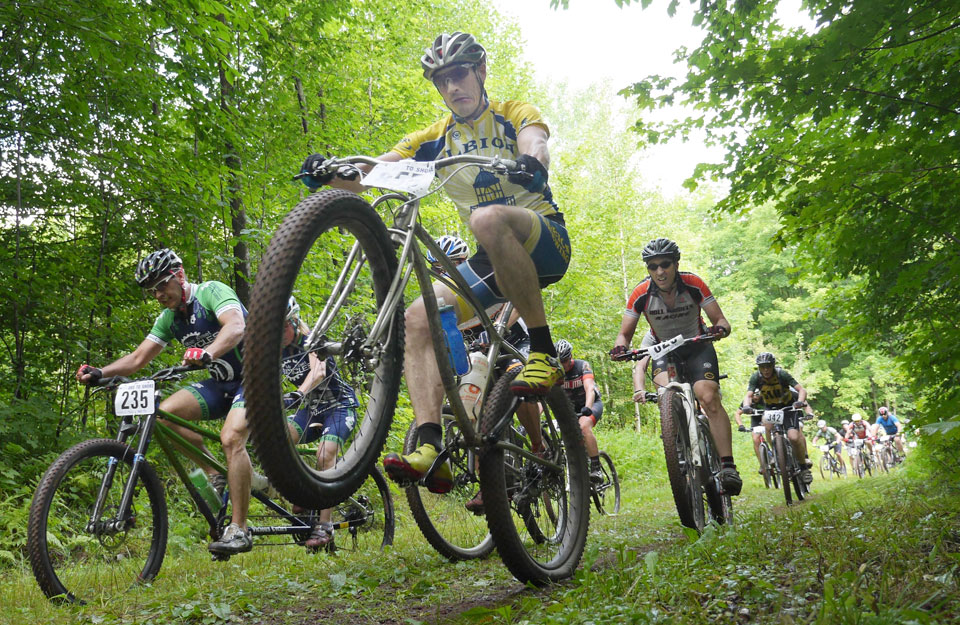
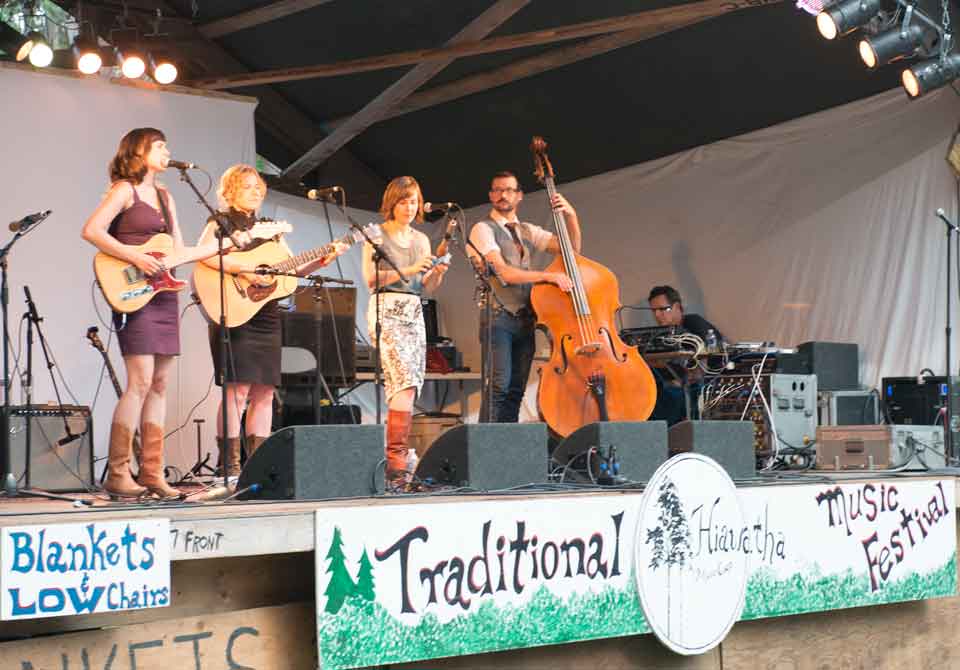
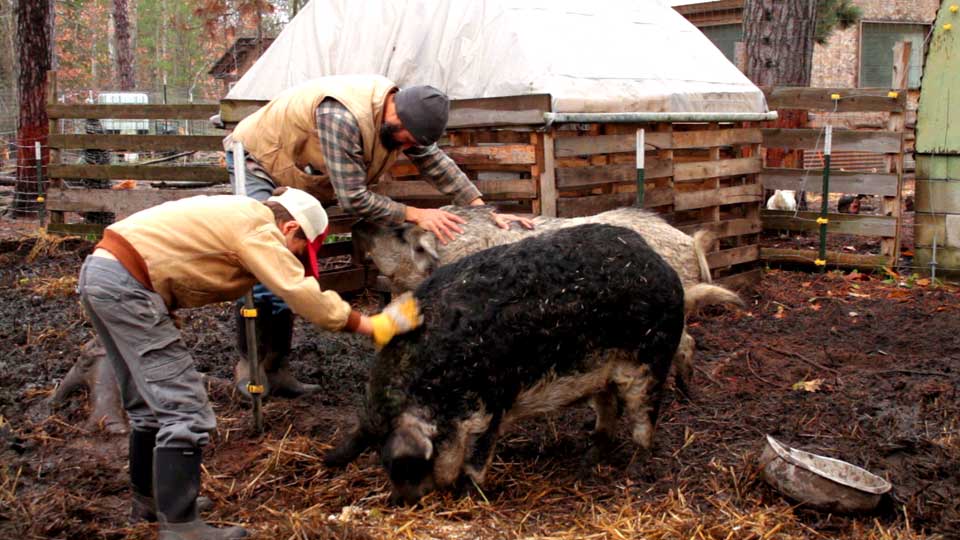
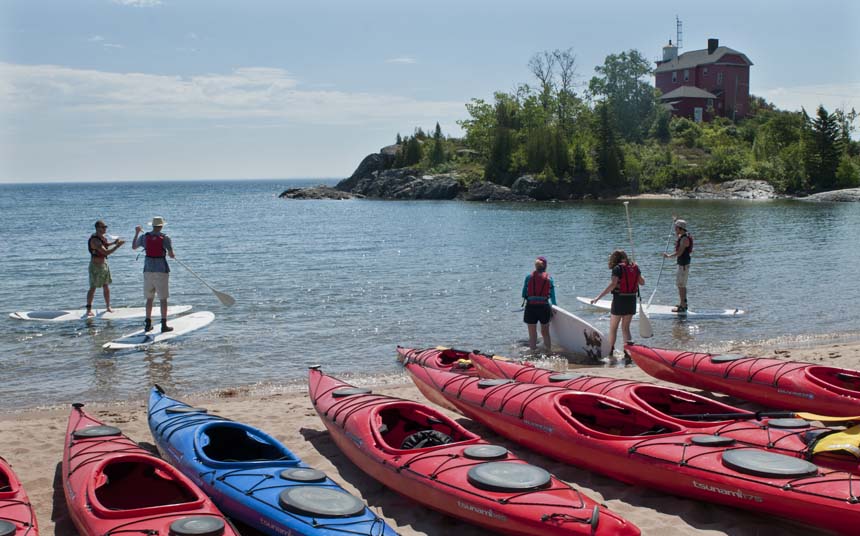
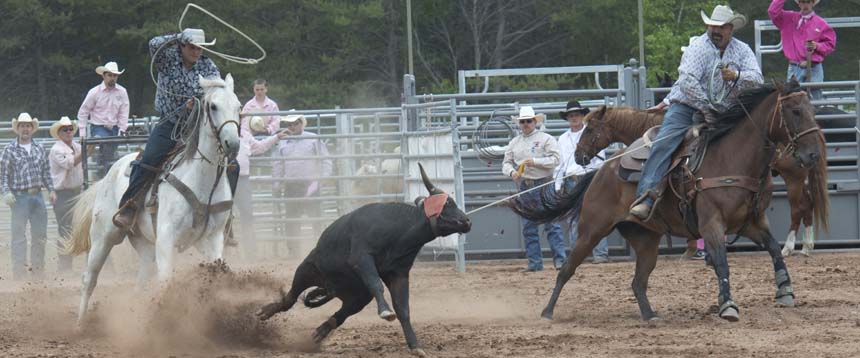
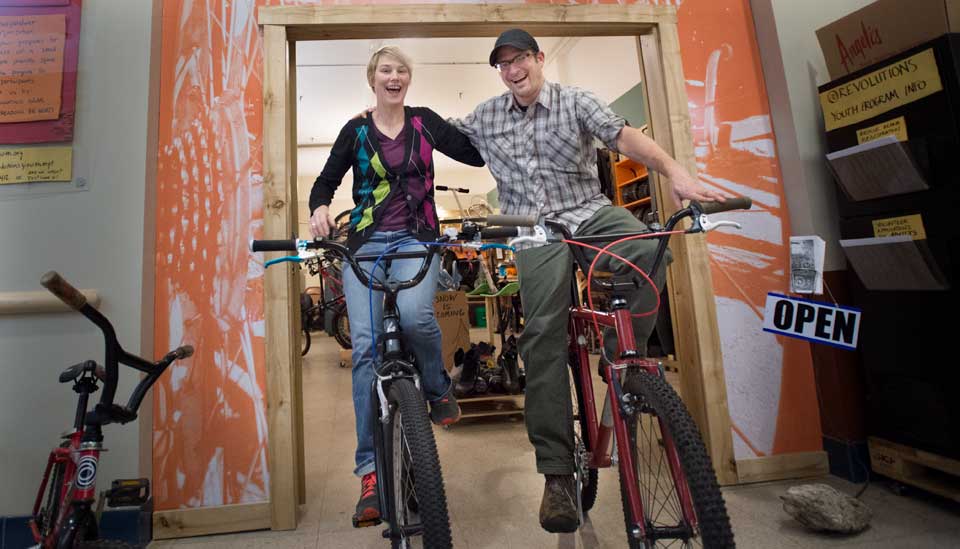
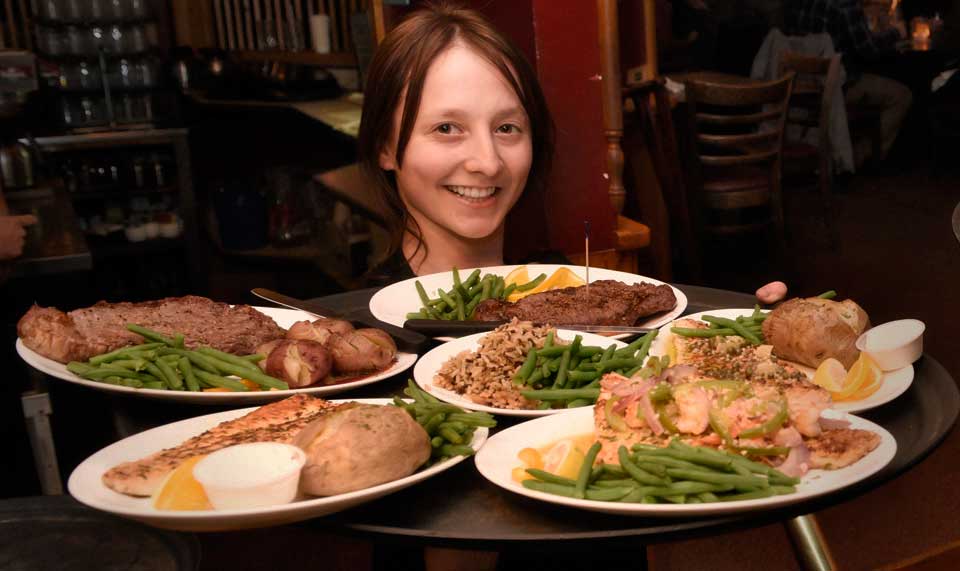
You must be logged in to post a comment Login